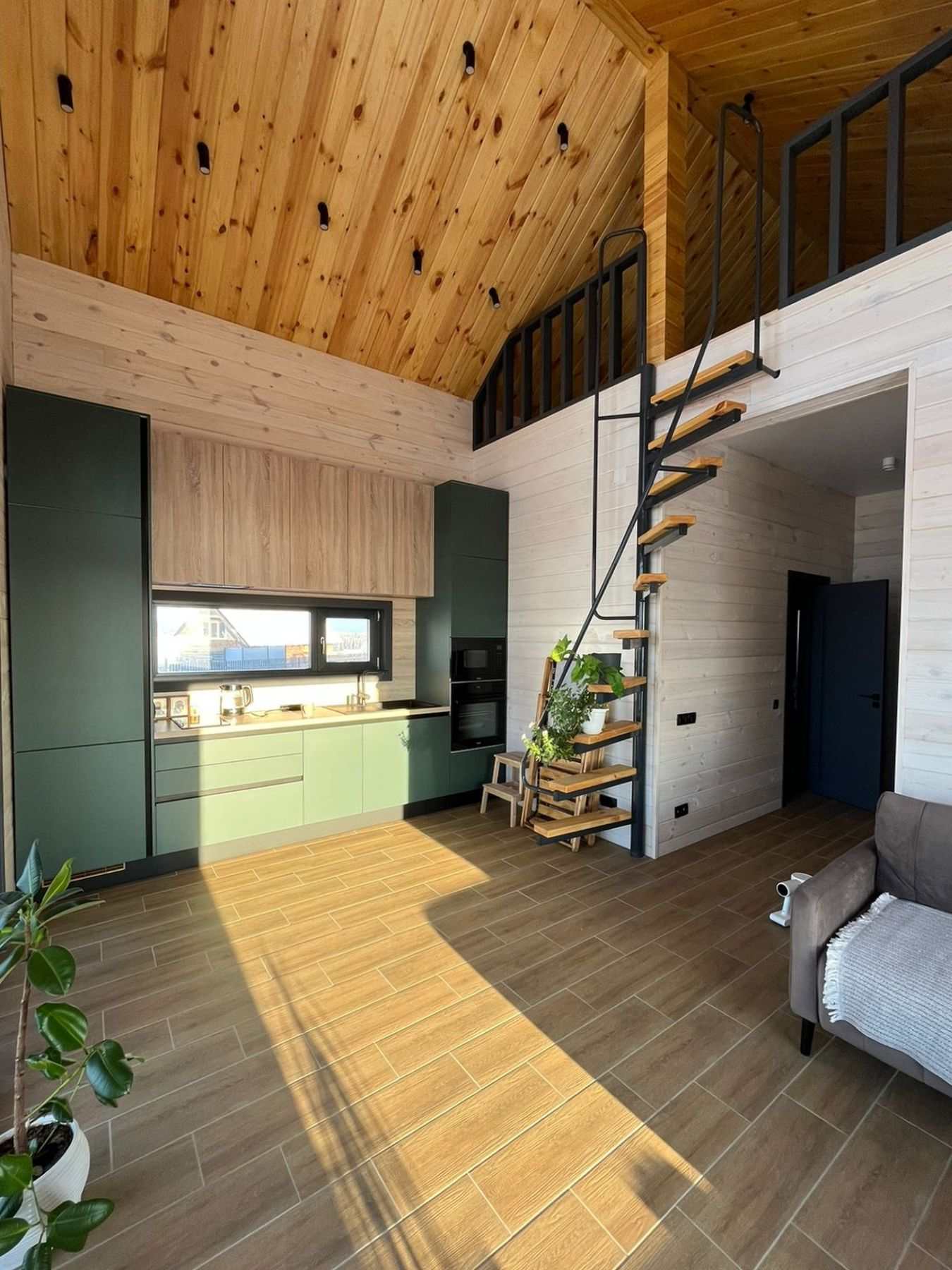
Culinary Spaces Redefined: Innovation
The Evolution of the Kitchen
The heart of the home has undergone a remarkable transformation over the past several decades. Kitchens are no longer hidden-away places solely for food preparation. Today, they have become central to the home’s social fabric, boasting multi-functional designs that cater to a family's diverse needs. Integrating state-of-the-art technology and embracing open-plan layouts, the modern kitchen sets the stage for a new era in culinary creativity and convenience.
Technology at the Forefront
With the advent of smart appliances and AI-driven tools, culinary spaces have become technologically advanced ecosystems. Cutting-edge innovations, such as smart fridges that track expiration dates, ovens that can be controlled remotely, and voice-activated gadgets, have made cooking more intuitive and enjoyable. These technologies not only improve efficiency but also pave the way for personalized experiences and healthier lifestyle choices.
Design Meets Functionality
The aesthetics of kitchen design have shifted dramatically, focusing on both form and function. Clean lines, minimalist layouts, and the interplay of different materials characterize the new look. This trend prioritizes not just visual appeal but also ergonomic design, ensuring that everything from storage solutions to work surfaces improves the usability of the space. Innovation in design has extended to creating spaces that are adaptable and cater to the diverse needs of the users, encapsulating the true essence of modern living.
Sustainability in the Kitchen
As environmental awareness increases, sustainable practices have begun to influence kitchen design and usage. Energy-efficient appliances, waste reduction techniques, and the use of renewable materials are all part of the culinary space’s evolution. These eco-friendly choices are not only kinder to the planet but can also lead to cost savings and a cleaner, greener culinary environment.
Social Cooking: Spaces That Connect
The redefinition of culinary spaces extends beyond physical changes; it’s also about how these spaces enhance social interactions. Kitchens are increasingly designed to serve as gathering points for friends and family, facilitating conversation and collaboration. Features like central islands, open layouts, and integrated dining areas encourage engagement and make the kitchen a hub of home life and entertainment.
The Future of Culinary Spaces
The future of culinary spaces is poised for even more innovation. From advancements in hydroponic gardening systems enabling homeowners to grow fresh produce right in their kitchen, to the integration of augmented reality for cooking tutorials, the possibilities for the fusion of technology and design are endless. Ultimately, the continuous innovation in culinary spaces is set to redefine not just how we cook, but how we live and interact within the confines of our homes.